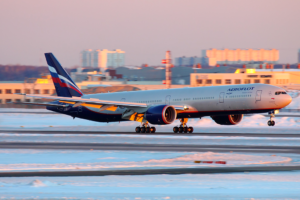Subscription Required
By Vincent Valery
Introduction
Sep. 7, 2020, © Leeham News: The timeline for a passenger traffic recovery remains uncertain. The IATA does not expect passenger traffic to return to pre-COVID-19 levels until 2024. Leeham Co. predicts that it will take four to eight years before traffic returns to pre-COVID-19 levels.
Long-haul markets, where airlines almost exclusively operate twin-aisle aircraft, witnessed the sharpest drop in passenger traffic. As outlined in a previous article, airlines already retired significant numbers of older aircraft. Due to lingering travel restrictions, those markets should be the slowest to recover to pre-pandemic levels.
Ishka, the UK-based appraisal company, outlined the sharp drop in aircraft lease and purchase prices since the beginning of the pandemic. Unsurprisingly, twin-aisle aircraft are among the worst affected. There are virtually no takers for second-hand widebody passenger aircraft now.
Separately, Airbus and Boeing decreased their passenger twin-aisle production rates from a combined 28 to 15 per month from next year: 787 at six, A350 at five, 777 and A330 at two each.
Given the extent and expected duration of the drop in long-haul passenger traffic, LNA analyzes the factors that will influence leasing rates in the twin-aisle market this decade.
Summary
- Current in-service widebody fleet;
- Lease expiration timelines;
- Some models more exposed than others;
- The rationale for current twin-aisle production rates;
- Major factors outside airlines’ and lessor’s control.